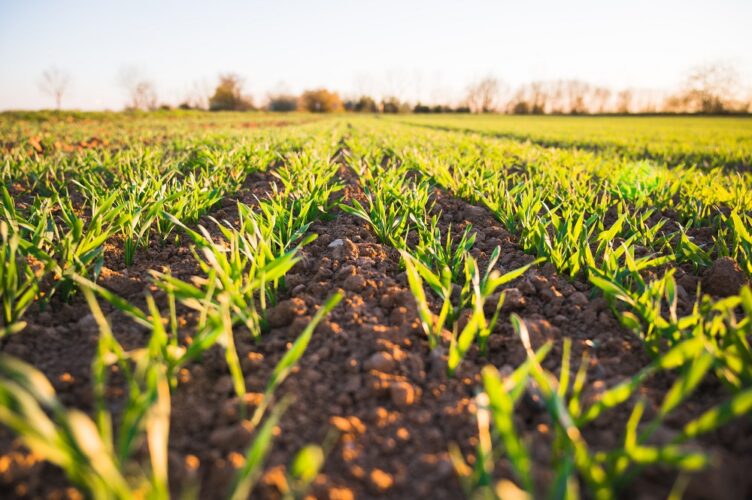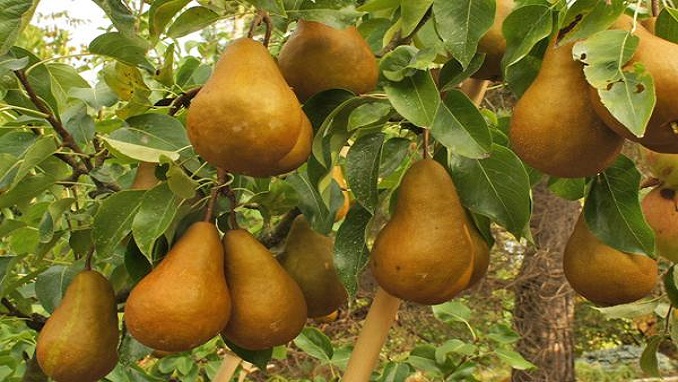According to research conducted by the World Trade Organization (WTO) and the Food and Agriculture Organization of the United Nations (FAO), the fertilizer crisis, which has been progressively worsening since 2021 and has caused prices to rise by 66% as a result of shortages, is projected to continue through 2023.
A combination of pandemic-related supply chain concerns, Russia’s conflict in Ukraine, both significant exporters of agricultural products like fertilizers and the compounds required to create them, and rising inflation are to blame for the lack of essential agricultural material. Fertilizer is now considerably harder to find for farmers and much more expensive as a result of the market, Modern Farmer reports.
The project was undertaken by the two groups to draw attention to the need for greater fertilizer access to prevent a food crisis. According to research, the fertilizer shortage will last into the new year and have an effect on food security and agricultural productivity everywhere, but especially in places like Africa that largely rely on imported inputs.
In response, the groups made a number of strong suggestions to the G20 governments, an international body made up of 19 nations and the European Union, all of which were aimed at reducing problems with the food supply caused by the shortages.
The study examines policies that the WTO implemented between January 2021 and the middle of October 2022. During that period, 41% of the decisions made by organization members contained restrictive rules and were linked to fertilizer, underscoring the necessity of maintaining the open market.
Earlier this week, a press release confirmed the relaunch of operations of Lithuanian fertilizer manufacturer Lifosa, a subsidiary of the Swiss EuroChem Group AG.
“With the need to continue fertilizer supplies to key target markets in Europe and the Americas and the importance of Lifosa to Lithuania, we are pleased that we will be able to restart production in the short term,” Brikho noted.
The announcement further emphasized that removing restrictions on obtaining premium raw materials from EuroChem would allow Lifosa to once again meet the high cadmium limits imposed by the EU Commission.
The WTO and FAO study recommends “mobilizing foreign financial help” and putting in place instruments like “fertilizer contract swaps” to do this while reducing farmer expenses.
Avoiding price fluctuation is particularly essential since, according to the US Department of Agriculture, farmers spend between 35 and 36 percent of their budgets on fertilizer when growing staple crops like maize and wheat.
Moreover, the WTO and FAO guidelines also recommend spending money on technologies and methods that can reduce the need for fertilizer usage, such as enhancing overall soil fertility and adhering to sustainable agricultural practices that emphasize maintaining soil health.



